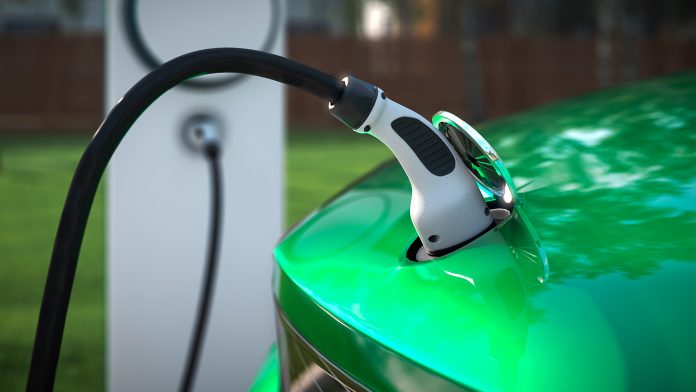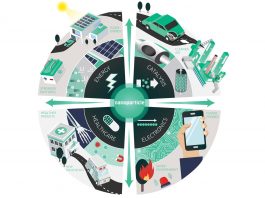Guest author, Jona Blue, discusses the wider adoption of electric vehicles in the UK and which energy storage solutions have the highest potential.
The UK has already announced plans to increase electric vehicle adoption across the country. Businesses are more connected than ever, which means that electric vehicles will also play a huge role in optimising business processes for the better. That said, energy storage is undoubtedly a huge consideration to make when it comes to electric vehicles. This article will give a brief overview on what energy storage solutions are available for driverless cars.
Why electric vehicles matter
We all know that electric vehicles are great for the environment, but it’s important to remember just how much of an impact this technology can potentially have. Verzion Connect highlights that electric vehicles are key to meeting the UK’s goal to cut total carbon emissions. To help meet these targets, the UK government is planning to implement the following:
• 40% of new van sales will be ultra-low emission by 2030
• Zero petrol and diesel car sales by 2040
• Most cars and vans to be zero-emission by 2050
The statistics above mean that energy storage solutions aren’t just consumer problems, but logistical issues that will impact how supply chains are run.
What energy storage solutions are available?
It goes without saying that electric vehicles will require huge amounts of power to run, which then raises questions of how this energy will be stored. The Institute of Electrical and Electronics Engineers cites four specific ways that this energy can be stored:
• Chemical battery systems
• Ultracapacitors
• Flywheels
• Fuel cells
Of these four options, ultracapacitors have the potential to meet these high power requirements while also allowing for rapid battery charging and longer lifetimes. The introduction of carbon nanotubes also presents an opportunity for manufacturers to create batteries with higher energy density. This is especially important as energy efficiency remains a key consideration when it comes to truly sustainable electric vehicles.
Additionally, electric grid systems will also need to be adjusted in order to reduce transmission and distribution speeds — particularly in times of high demand when these vehicles will be charging. Additional distributed energy storage options can also be stored near electric vehicle charging ports to reduce the demand on power grids.
Yet, electric vehicles may soon even help increase a city’s power levels. Forbes reports that findings from the International Renewable Energy Agency (IRENA) show that by 2050, electric vehicles will have enough power to support an entire grid that runs on solar and wind energy. According to Francisco Boshell, an IRENA team leader, this “massive electricity storage capacity would be available with all these batteries on wheels.” This finding suggests that these cars can then end up helping power grids as they’re charging, which will revitalise the power sector.
Figuring out the future of electric vehicles will require more than just the technology required to build the vehicles themselves. Figuring out energy storage and transmission is crucial to making sure widespread adoption of electric vehicles will be truly possible.
Jona Blue
Guest Author









